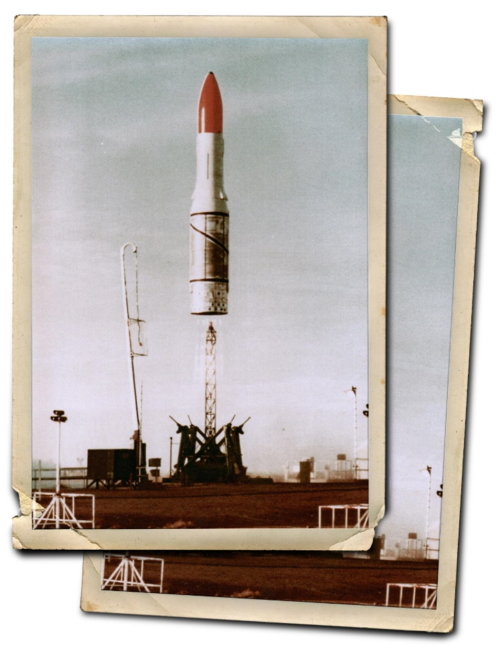In the 1960s and largely as a consequence of military pressures in the wake of WWII and threats from Cold War tensions, the UK was blessed with some of the most innovative and progressive scientific minds in the world of space, science and technology, with many working at the RAE at Farnborough. RAE scientists directed development of the Blue Streak ballistic missile - intended to be the UK's nuclear deterrent - and Black Knight launcher during the 1950s and 1960s.
Such work led to the highly successful Black Arrow programme, culminating with the launch of the British satellite Prospero in 1971. In parallel, the Skylark sounding rocket programme became one of the most successful space programmes, launching 441 Skylarks over a nearly half a century. These ambitious projects capitalised on specialist knowledge and successes in propulsion, structures, aerodynamics, system testing and integration.
Although still in its relative infancy the focus on space technologies continued to gather momentum and, with full Government backing, eventually led to the formation of a dedicated Space Department in 1961. This resulted in a corresponding and significant shift towards unclassified work. The new Department comprised specialist divisions covering satellite launching vehicles, satellite engineering, ballistics research, instrumentation research and dynamics. From the outset and setting a precedent for what was to follow, there was active participation in the European Space Research Organisation (ESRO), the European Launcher Development Organisation (ELDO) and the International Telecommunications Satellite Organisation (INTELSAT).

